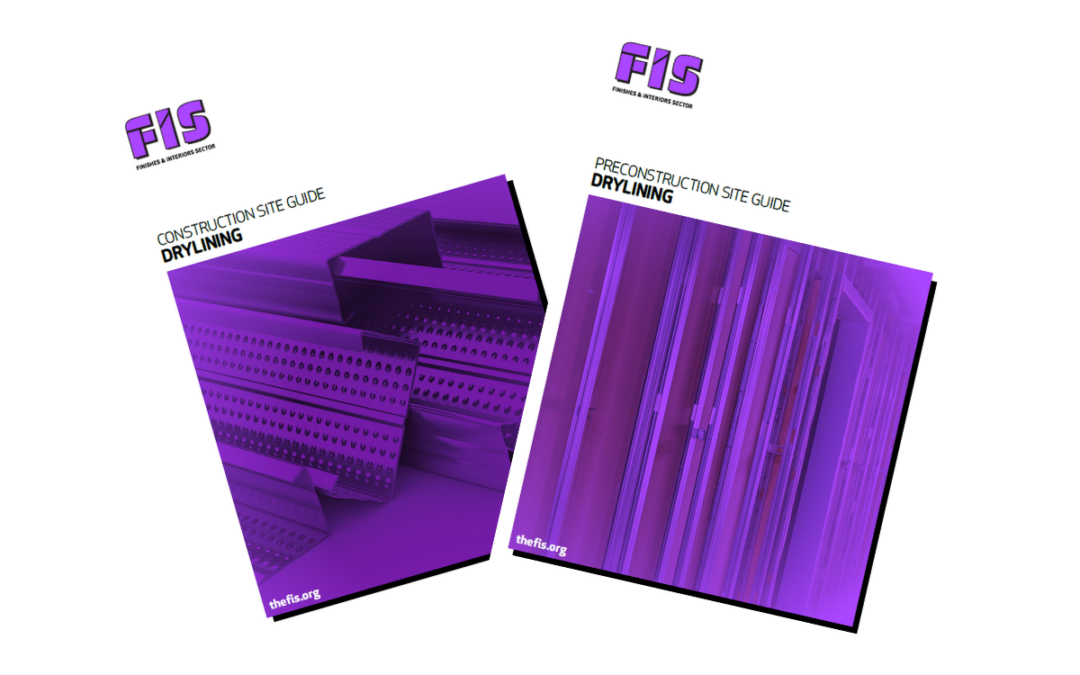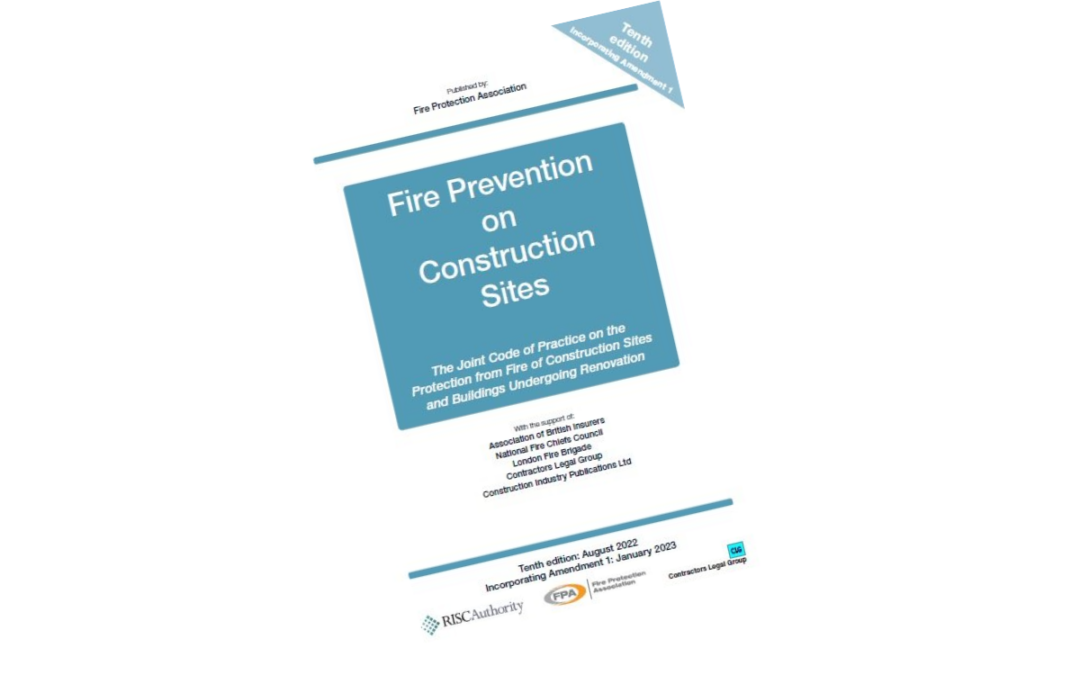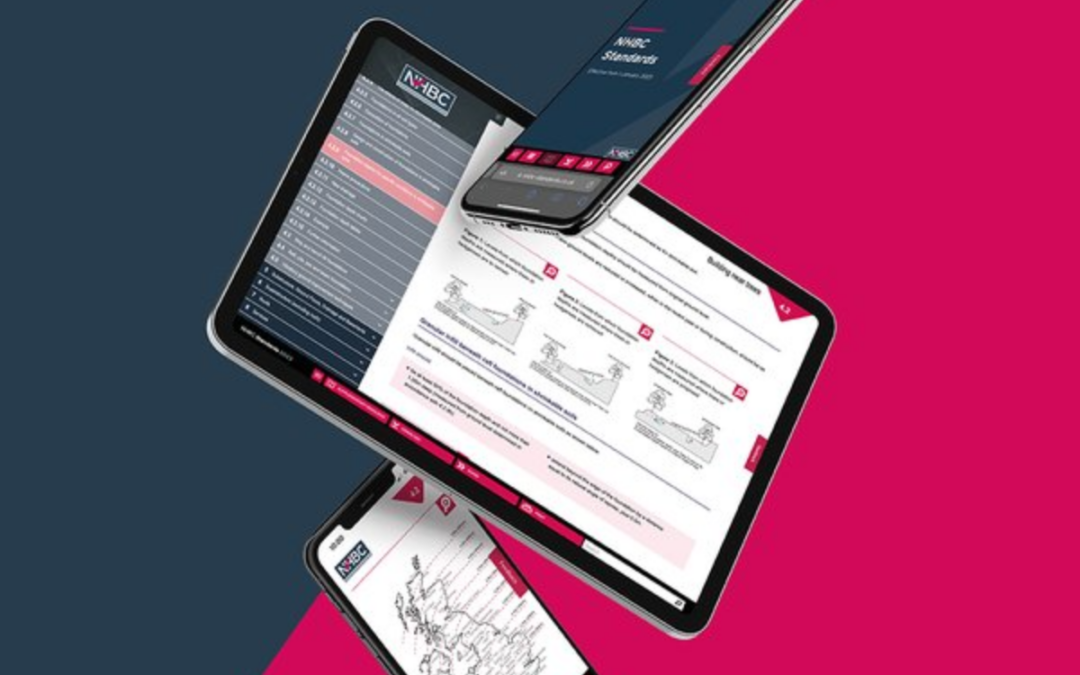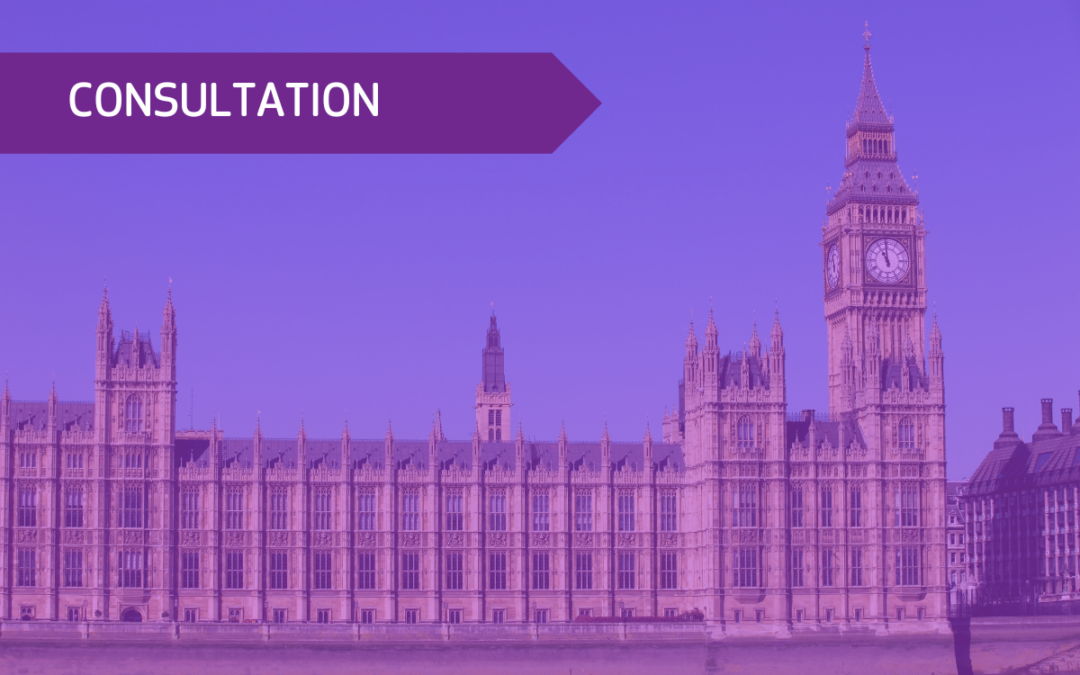Government in the UK* through the Department for Levelling Up Housing and Communities (DLUHC), is consulting on changes to the guidance in England using Approved Document B (ADB). This consultation includes the recommendation to remove national classes using the BS476 series as a method of demonstrating compliance.
The reason behind the change is that potential flaws in Approved Document B and the use of the national classification standards for Reaction to Fire and Fire Resistance were identified in both the Building A Safer Future work and during the Grenfell Inquiry. As part of this, it was highlighted that the BS476 series standards have not been reviewed by the British Standards Institution (BSI) in detail for some time (typically over 20 years) whereas the European equivalents continue to be updated on a regular basis.
What this means for the Finishes and Interiors Sector
Currently, in England, the Building Regulations allow performance for Reaction to Fire and Fire Resistance to be declared through Classification using European standards. In these standards, Reaction to Fire is classified as class A, B etc and Fire Resistance e.g. for non-load bearing walls as Integrity (E) and Insulation (I). This is currently the preferred methodology for performance declaration in the current edition of the ADB.
The Classification process enables the use of a set of clearly defined rules (called “extended applications”) to determine scope of performance. A classified system supports compatibility of products and is particularly helpful when considering interfaces and products being used to build a system. Classification allows test evidence to be readily compared (e.g. standard wall constructions that contain dampers to protect penetrations around ducts which have not necessarily been tested in that configuration or the configuration of doorsets within walls).
The Regulations currently also allow performance to be declared for Reaction to Fire and Fire Resistance using test evidence by using BS476 series test standards. The results of the tests are expressed using National Classes; in the case of Reaction to Fire they are described as Class 0 etc and FR minutes for Fire Resistance. It is this element that Government are now proposing is removed.
Are there any concerns with this approach?
In Scotland they have already moved to the European classification system for Reaction to Fire. The Scottish Regulators are awaiting the outcome of the English consultation before deciding on what to do regarding Fire Resistance.
So far, consultation with members (and experts from the wider sector), indicates that there is broad support for England to follow suit and omit the national classes for Reaction to Fire and adopt the European Classification system wholesale.
There is, however, some concern that this approach would be more problematic when looking at Fire Resistance. Here manufacturers have been more heavily reliant on testing to British Standards. This test evidence would all be rendered defunct by the proposed change and a substantial programme of retesting will be required to support the determination of products and systems commonly used today.
There are also gaps in the European test standards such as for partial penetrations (where they are currently not covered by a test standard) and external walls (BS 8414 is a national standard and as such is not listed in EN13501 series). Currently this is addressed using BS tests, Ad hoc tests or assessments using test evidence in accordance with the PFPF Guidance – it is not possible to provide a European Classification by these means.
Designers currently rely heavily on these Ad hoc tests or Assessments using test evidence and rules set down by the Passive Fire Protection Forum (PFPF) Guidance to determine scope and meet the alternative provisions when tested to the relevant parts of BS476 set down in ADB. This approach does not support Classification in accordance with BS EN 13501-2, furthermore current references in ADB require the exclusive use of classification and do not permit test standards in isolation to determine performance.
Wall systems and fire doors have been identified as key areas which will be greatly impacted by this change and a 12 month transition period has been proposed to allow changes to the new regime to be implemented.
The concern remains the impending lack of evidence (in the right format) may impact the ability of schemes to get through Gateway 2.
Where the difference between National classes for fire resistance and classified systems using EN standards can currently catch you out
Estimators and buyers should be aware that the permissible method to determine fire performance may differ depending on the descriptions used in the tender documents. Getting this wrong could mean installation may be deemed non-compliant against the specification.
Although the BS EN 1364-1:2015 test and the BS 476: Part 22: 1987 tests have some similarities, and Approved Document B gives a parity between the two test methods this doesn’t mean a parity of specification i.e. a 60mins specification tested to BS 476 would not necessarily pass a 60mins test to BS EN 1364-1, there are differences in the standards and the major ones are:
a) Insulated thermocouples specified in EN 1364 series tests result in a longer build-up of the temperature before the test commences.
b) The furnace pressure is slightly more onerous in the BS EN 1364 series tests.
c) BS 476-22 makes no allowance for the partition height above its tested evidence.
To allow for these, system manufacturers have had to develop different detailing so that the specimen will pass the BS EN 1364-1 test which will impact both material and build costs.
You should always check what test evidence or performance class, or classification is required at the costing, scheduling and material ordering stage and that this information is clearly communicated with the site to ensure a complaint build and avoid costly disputes and remediation.
FIS opinion on the proposed changes
We agree with the general direction of travel which has been evident over the last two revisions of ADB and a consistent rules based approach will address any of the ambiguity that may have existed.
However, we are concerned that the unintended consequences of restricting evidence from ad hoc testing and structured assessments, where neither can define a classification, will lead to delays at Gateway 2 and 3 and potentially issues in demonstrating compliance on jobs across the wider sector. Until an approach on the matter can be agreed then interim arrangements will be necessary.
In addition, the current capacity and facility to test is unlikely to meet the demand to meet the Governments 12 month transition period.
Both of these substantial issues should be considered before making a decision to make these changes.
Next steps
The relevant passages from the consultation are copied below and a copy of the full consultation can be read here
To ensure that FIS can provide a considered response to the consultation please let have you views on the following questions.
Consultation questions for the removal of national classifications
Question 13 – Do you agree that the national classifications for reaction to fire should be removed from Approved Document B? [Agree/Disagree]
Question 14 – Do you agree that the national classifications for fire resistance should be removed from Approved Document B? [Agree/Disagree]
Question 15 – If you disagree, what evidence can you provide that outlines why the national classifications are still required. [Free text]
Question 16 – Do you agree that there should be a transitional period of twelve months? [Agree/Disagree]
Question 17 – If you disagree, how long should the transition period be and what is your evidence to support a longer or shorter transition period? [Free text]
Question 18 – Please outline any concerns you have about the withdrawal of the national classification with regards to fire resistance including potential impacts, such as on the fire door industry. [Free text]
In addition, can you please let us know how many tests would you need to carry out in order to offer classified fire resistant systems.
You can respond directly, but please do keep us informed of your views so we can include in the FIS response and surrounding discussions with stakeholder groups and Civil Servants by completing this poll here (no later than Monday 20 February).
We will hold an online meeting at 11:30 on Friday 10 March to hear your views before submitting our formal response.
To attend please email or if you have any questions, please email me joecilia@thefis.org or calling 07795 958780.
* The equivalent republic of Ireland consultation can be found HERE, interestingly this seperates new build and refurbishment.






